Online Education
Since June 2020 I’ve been creating content for online education.
I am currently working on a series of courses for NPTEL, the open access online course portal run by the Ministry of Education.
Prior to this, I worked for the company Cuemath, designing a new model for interactive math sessions, which combine storytelling, professional actors, animation, and practical yet surprising mathematics that is not typically found in textbooks. You can scroll down to see some examples.
Our Mathematical Senses
This is the trailer for an online course, The Geometry of Vision, which I created for NPTEL. In the course we explore how one of our senses – our sense of sight – relies on our brain’s seemingly hardwired understanding of the Projective Plane, a fascinating yet counterintuitive geometric space.
I’ve attempted to value learners’ time and keep them engaged by creating a ‘scrollable’, interactive, e-book format, designed with Aatish Bhatia.
In addition to keeping the lecture videos succinct, we’ve also created high production quality intro videos to each ‘chapter’, which motivate the big ideas of the week. These videos include special effects, animation, and even professional actors.
Following Geometry of Vision, I created a second online workshop for NPTEL, The Topology of Movement, which continues the format of an interactive e-book, and explores spatial orientation, 3-D rotations, and the quaternion numbers through movement, puppetry, and the 3-D animation software Blender.
I plan to create a third mini-course, The Structure of Sound. Once they’re all up, students can take them together as a semester-long course, Our Mathematical Senses.
As part of NPTEL, the online course platform run by the Ministry of Education, these courses are open access, and freely available for anyone to use. In fact, any student at any Indian college or university can take them for credit.
Click here to check out The Geometry of Vision.
The Math of Voting (created for Cuemath)
The mayor is back in this interactive module, and he’s more distressed than ever! This time he’s facing sleepness nights due to the upcoming mayoral election. While he is happy to retire from his post, he’s deeply suspicious of the two polarizing candidates, and he would like to devise a mathematically perfect voting system before his term ends.
As the mayor struggles with this formidable task, he begins receiving late-night visitations from the Three Election Ghosts!
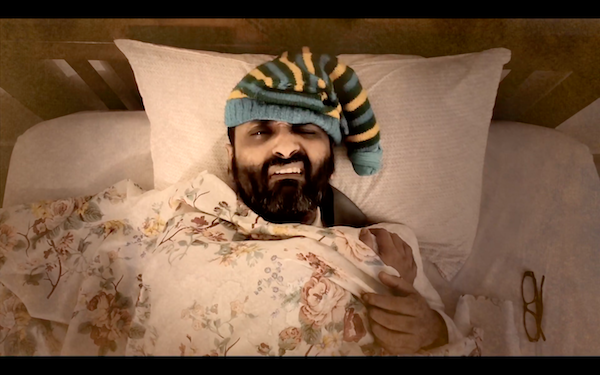
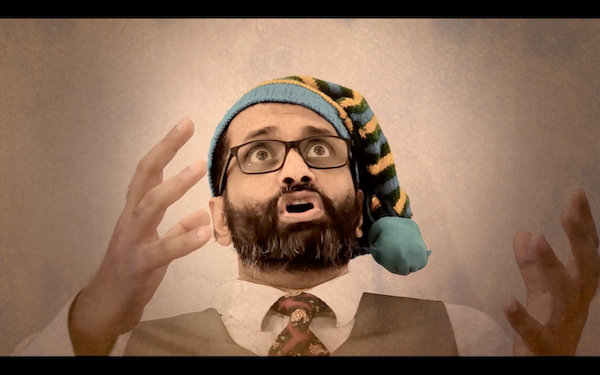
The Ghost of Elections Past explains how our historical system of counting votes has made it easy for politicians to win elections without winning the popular vote.
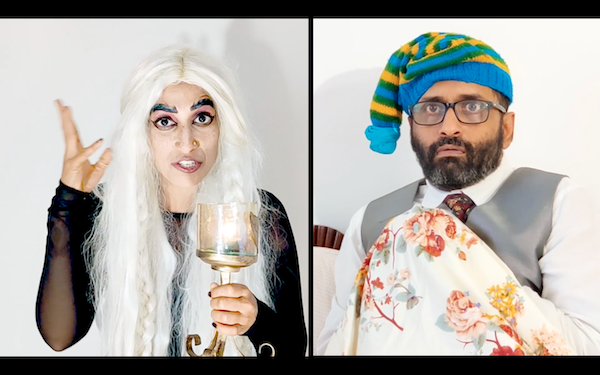
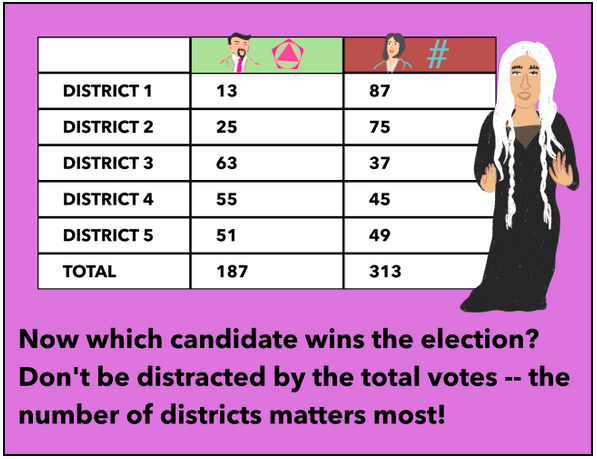
The Ghost of Elections Present reveals how present day politicians redraw district boundaries (a practice known as gerrymandering) in order to game election outcomes.
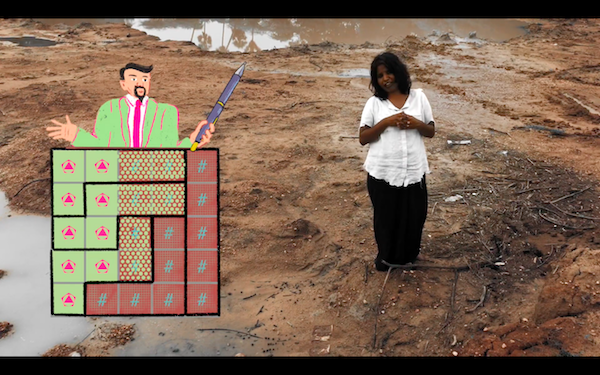
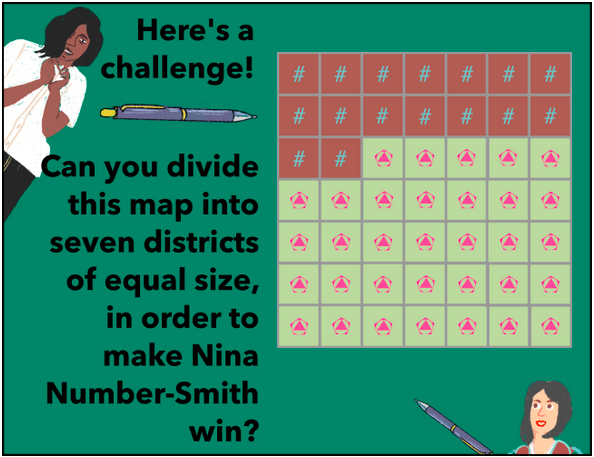
The Ghost of Elections Yet to Come describes some fairer alternatives to our current ‘plurality voting’ system such as ranked voting and score voting.
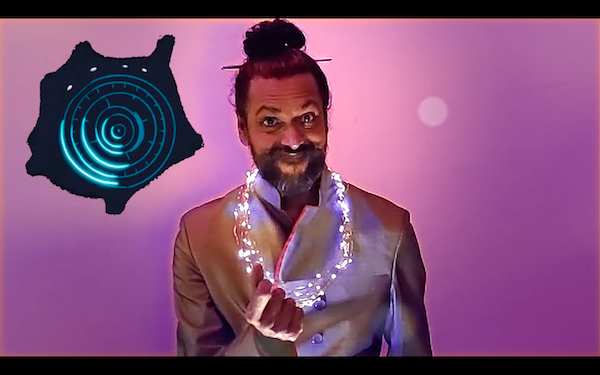
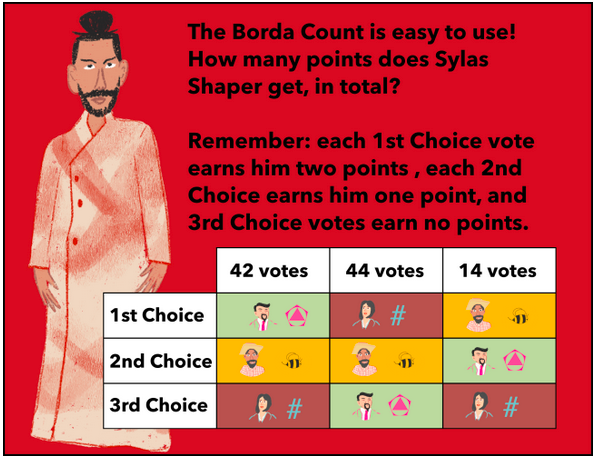
While pondering these alternate voting systems, the mayor discovers the Condorcet Paradox and Arrow’s Theorem. In the end, there is no perfect voting system, but we can still use mathematics to make our systems fairer and more democratic.

Written and directed by Vijay Ravikumar; filmed and edited by Anushka Meenakshi and Tarun Saldana; featuring illustrations by Parvathy; and acting by Kali Srinivasan, Rency Philip, Sachin Gurjale, and Vinod Ravindran. Created for and funded by Cuemath Pvt Ltd.
Click here to try out The Math of Voting.
Math of COVID-19: Face Masks and Social Distancing
This interactive module reviews exponential growth and the parameter R-nought, and explores two ways of reducing R-nought to slow the spread of the pandemic: mask-wearing and social distancing.
In their journey to help bring the pandemic to an end, the player will encounter:
a mayor on the verge of nervous breakdown due to the unpredicatability of the pandemic infection tree,
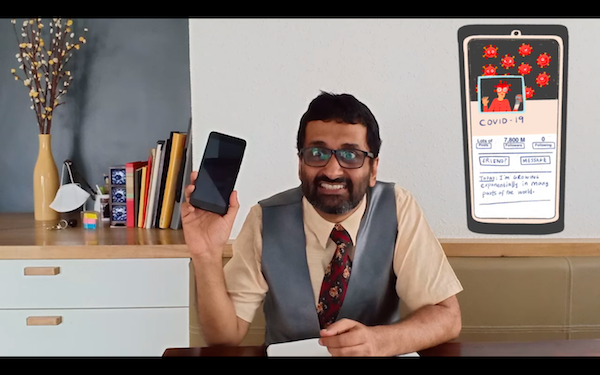
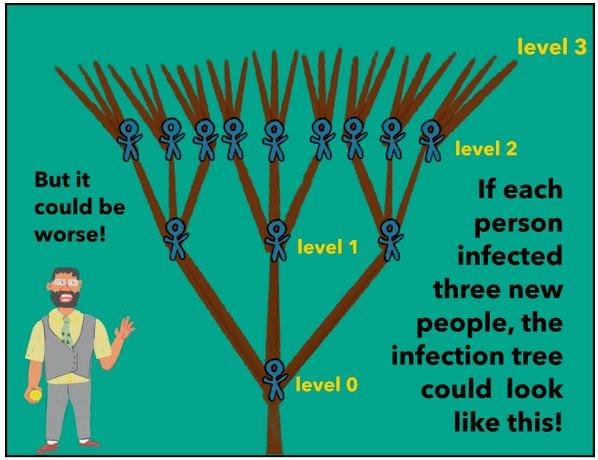
a high-ranking coronavirus who devises strategies for making the pandemic spread faster, using her sock-puppet ‘model human’ Beatrice,
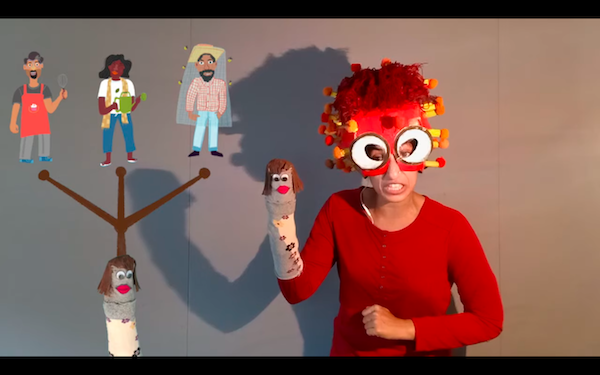
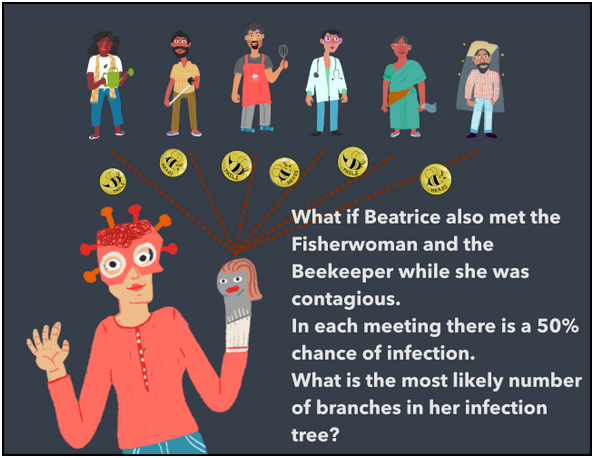
a beekeeper who imagines efficient social distancing, using the hexagonal packing he learned from his honeybees,


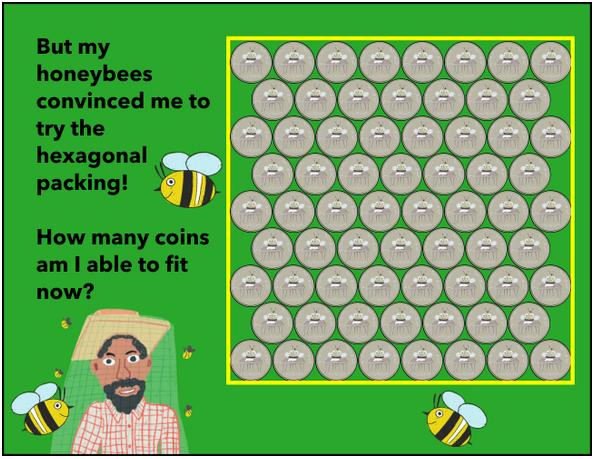
and a fisherwoman who uses her experience with fishing nets to discover that two masks are far more effective than one at cutting the spread of the virus!
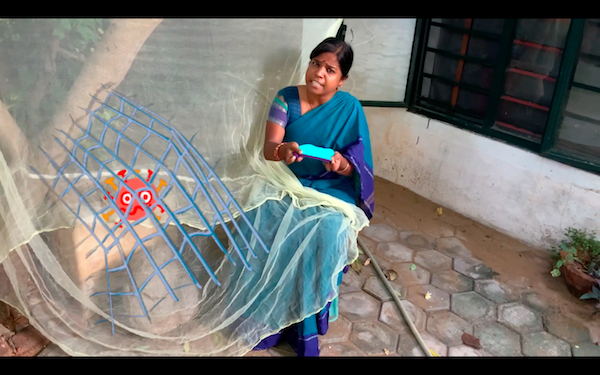
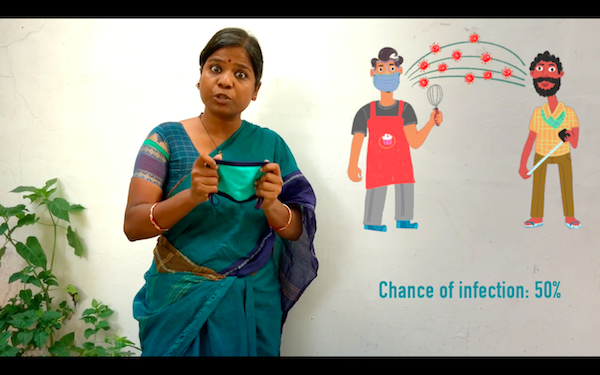
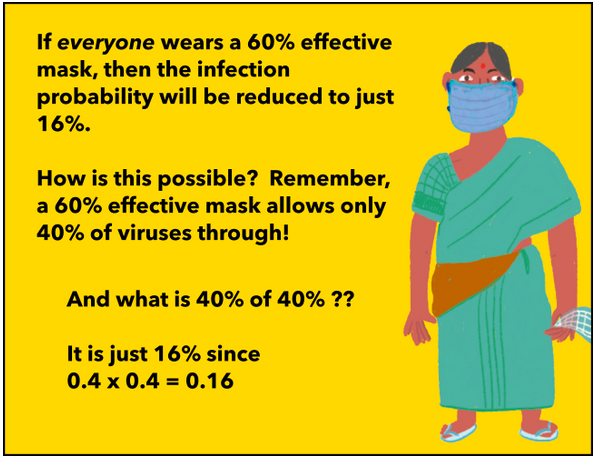
Written and directed by Vijay Ravikumar, filmed and edited by Anushka Meenakshi, and featuring illustrations by Parvathy and acting by Iswar Lalitha, Kali Srinivasan, Rency Philip, and Sachin Gurjale. Created for and funded by Cuemath Pvt Ltd.
Partly based on the web interactive The Multiplicative Power of Masks by Aatish Bhatia.
Click here to try out Math of COVID-19: Face Masks and Social Distancing.
Math of COVID-19: Understanding Exponential Growth
This interactive module examines how quickly a pandemic can spread, by introducing exponential growth, the quantity R-nought, and logarithmic scales.
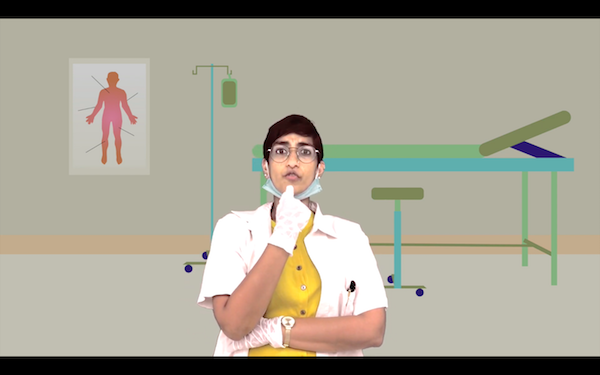

As they assist the valley’s resident doctor predict the spread of the pandemic, the player will encounter:
a baker who is very particular about the rate at which his yeast grows, which he uses to explore the difference between exponential growth and linear growth,
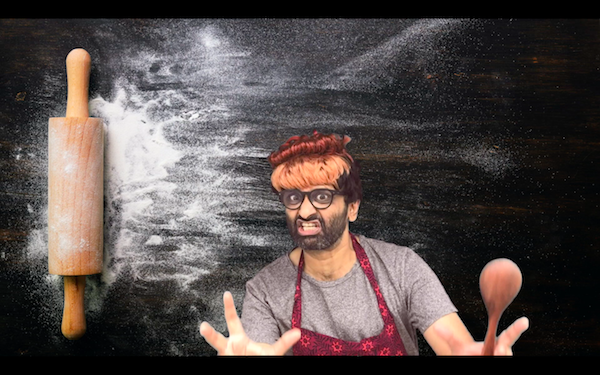
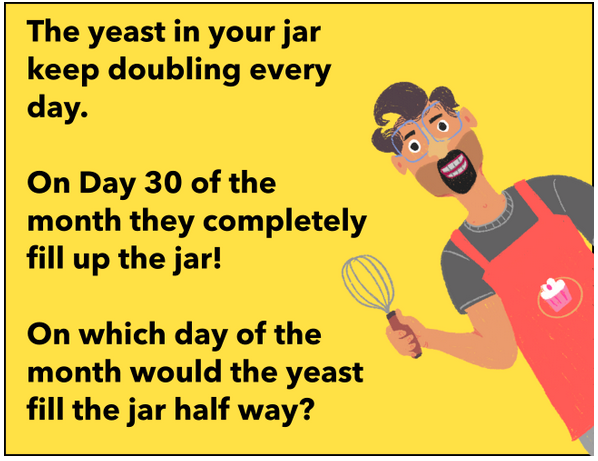
a gardener who loves binary trees, but grows other varieties as well, by tinkering with the quantity R-nought,
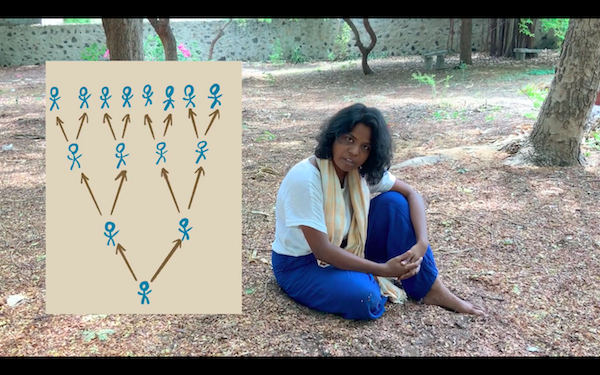
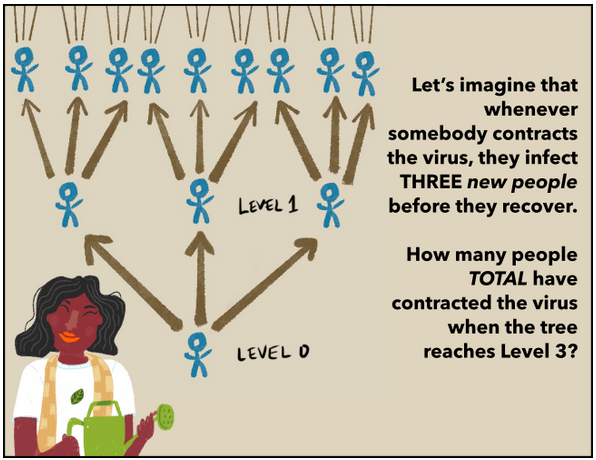
and a carpenter who manufactures logarithmic scales, which he uses to visualize the otherwise bewildering spread of the pandemic.
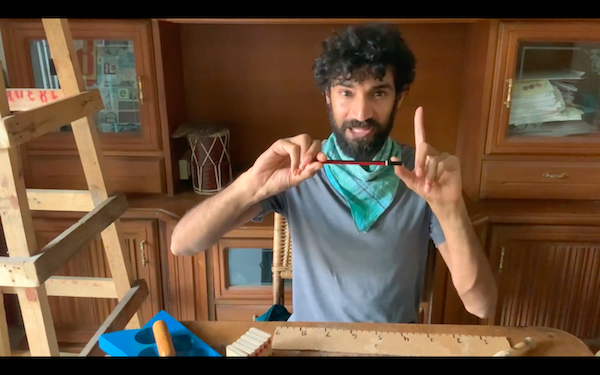
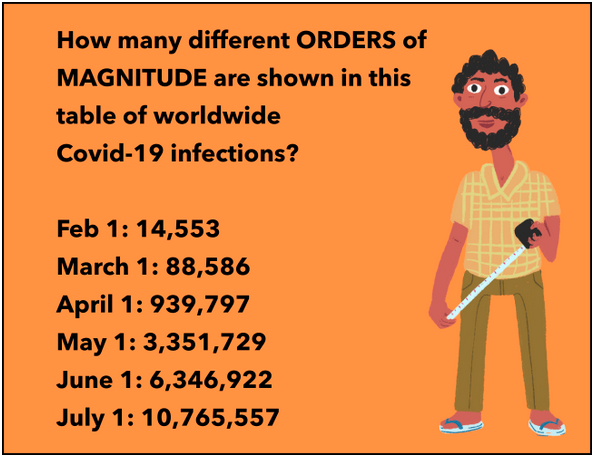
Written and directed by Vijay Ravikumar, filmed and edited by Anushka Meenakshi, and featuring illustrations by Parvathy and acting by Kali Srinivasan, Rency Philip, Sachin Gurjale, and Vijay Ravikumar. Created for and funded by Cuemath Pvt Ltd.
Click here to try out Math of COVID-19: Understanding Exponential Growth.